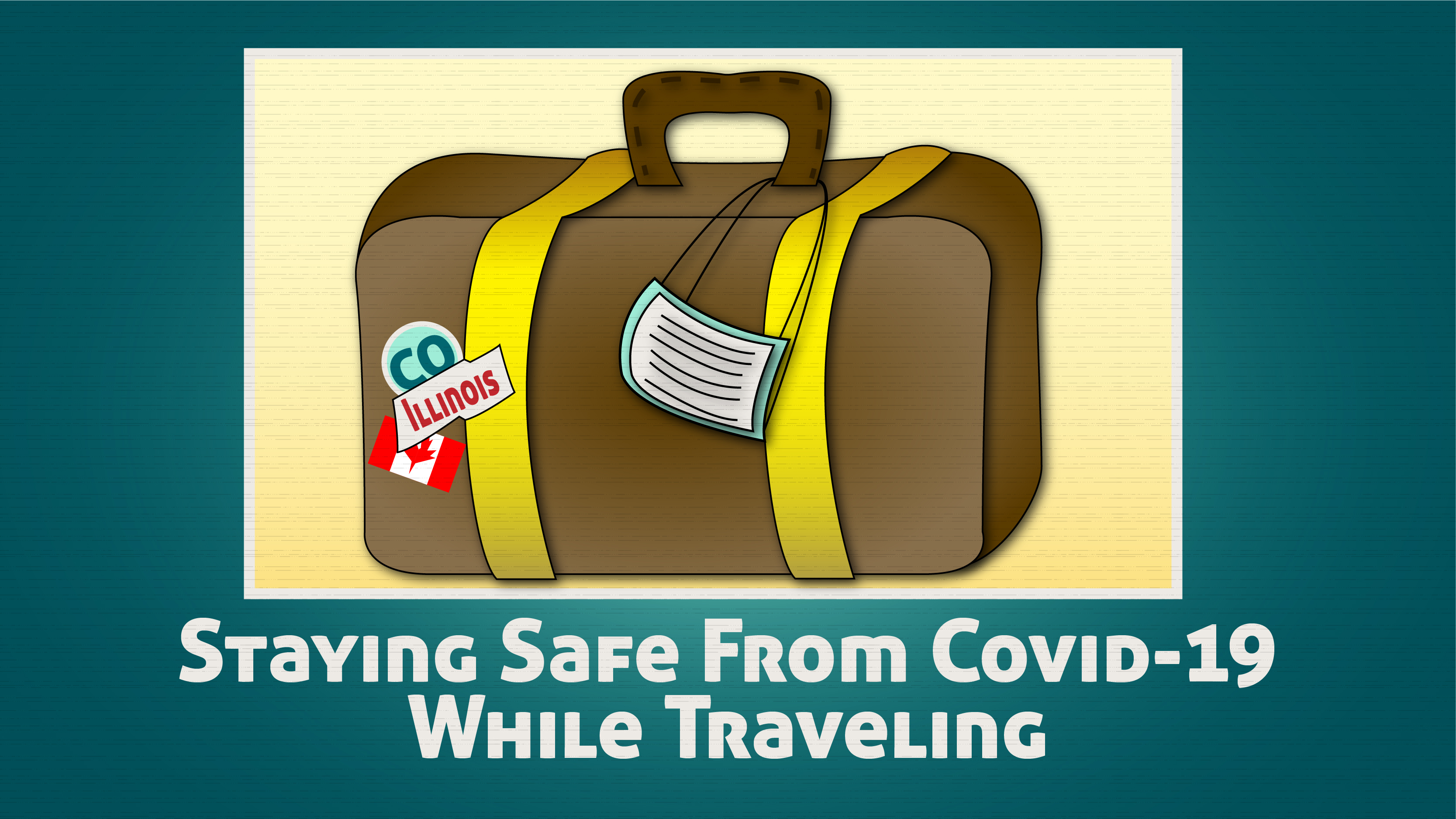By Alexandra Thompson
ablockton@lc.edu
On June 20, 2020, at 12:15 p.m., there were 2,215,618 total cases, and 119,055 total deaths from COVID-19 reported in the United States of America to the Center for Disease Control. These numbers are constantly changing and traveling increases your chances of being infected with COVID-19.
If you do not have symptoms you are still able to spread COVID-19 to other individuals. Staying home is the best way to protect yourself and others from getting infected because being within six feet of other human beings increases your chances of getting infected and infecting others.
You can spread COVID-19 to loved ones once you return home if you were to get infected while you were traveling.
In some local governments and states, there are restrictions for people who have recently traveled. Those individuals are ordered to stay home for fourteen days for self-quarantine.
Keeping you, your family and friends safe is the most important factor. This is a very deadly disease and the number of cases is rapidly climbing statistics charts daily. It is better to be safe than sorry while considering travel.
While some individuals have canceled traveling plans throughout the Summer season to stay home, there are others who already traveled before COVID-19 surfaced and began infecting people nationwide. Then there are those people who decided to travel instead of staying home even after the outbreak.
-Protect yourself and others during your trip:
-Clean your hands often.
-Wash your hands with soap and water at least 20 seconds, especially after you have been in a public place, after touching surfaces frequently touched by others, after blowing your nose, coughing, or sneezing and before touching your face or eating.
-If soap and water are not available, bring and use hand sanitizer that contains at least 60% alcohol. Cover all surfaces of your hands and rub your hands together until they feel dry.
-Avoid touching your eyes, nose, or mouth.
-Avoid close contact with others.
-Keep 6 feet of physical distance from others.
-Wear a face-covering cloth in public
-Cover coughs and sneezes.
-Pick up food at drive-throughs, curbside restaurant services, or stores.
-Air travel: Air travel requires spending time in security lines and airport terminals which can bring you in close contact with other people and frequently touched surfaces. Most viruses and other germs do not spread easily on flights because of how air circulates and is filtered on airplanes. However, social distancing is difficult on crowded flights, and you may have to sit near others (within 6 feet), sometimes for hours. This may increase your risk of exposure to the virus.
-Bus or train travel: Traveling on buses and trains for any length of time can involve sitting or standing within 6 feet of others.
-Car travel: Making stops along the way for gas, food, or bathroom breaks can put you and your traveling companions in close contact with other people and surfaces.
-RV travel: You may have to stop less often for food or bathroom breaks, but RV travel typically means staying at RV parks overnight and getting gas and supplies at other public places. These stops may put you and those with you in the RV in close contact with others.
State and Local Travel Restrictions. For up-to-date information and travel guidance, check the state or local health department where you are along your route, and at your planned destination. While you are traveling, it is possible a state or local government may put into place travel restrictions, such as stay at home or shelter in place orders, mandated quarantines upon arrival, or even state border closures. Plan to keep checking for updates as you travel






